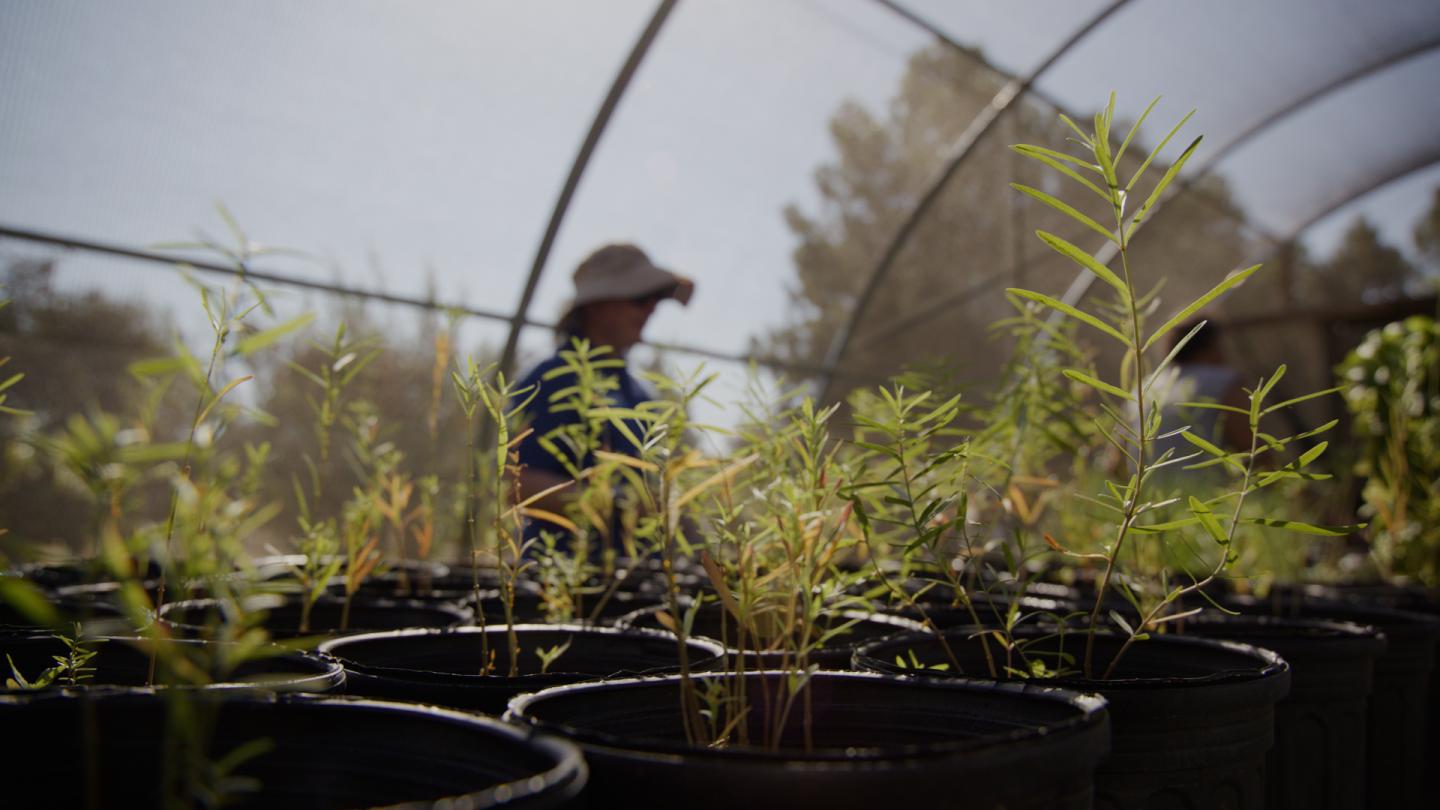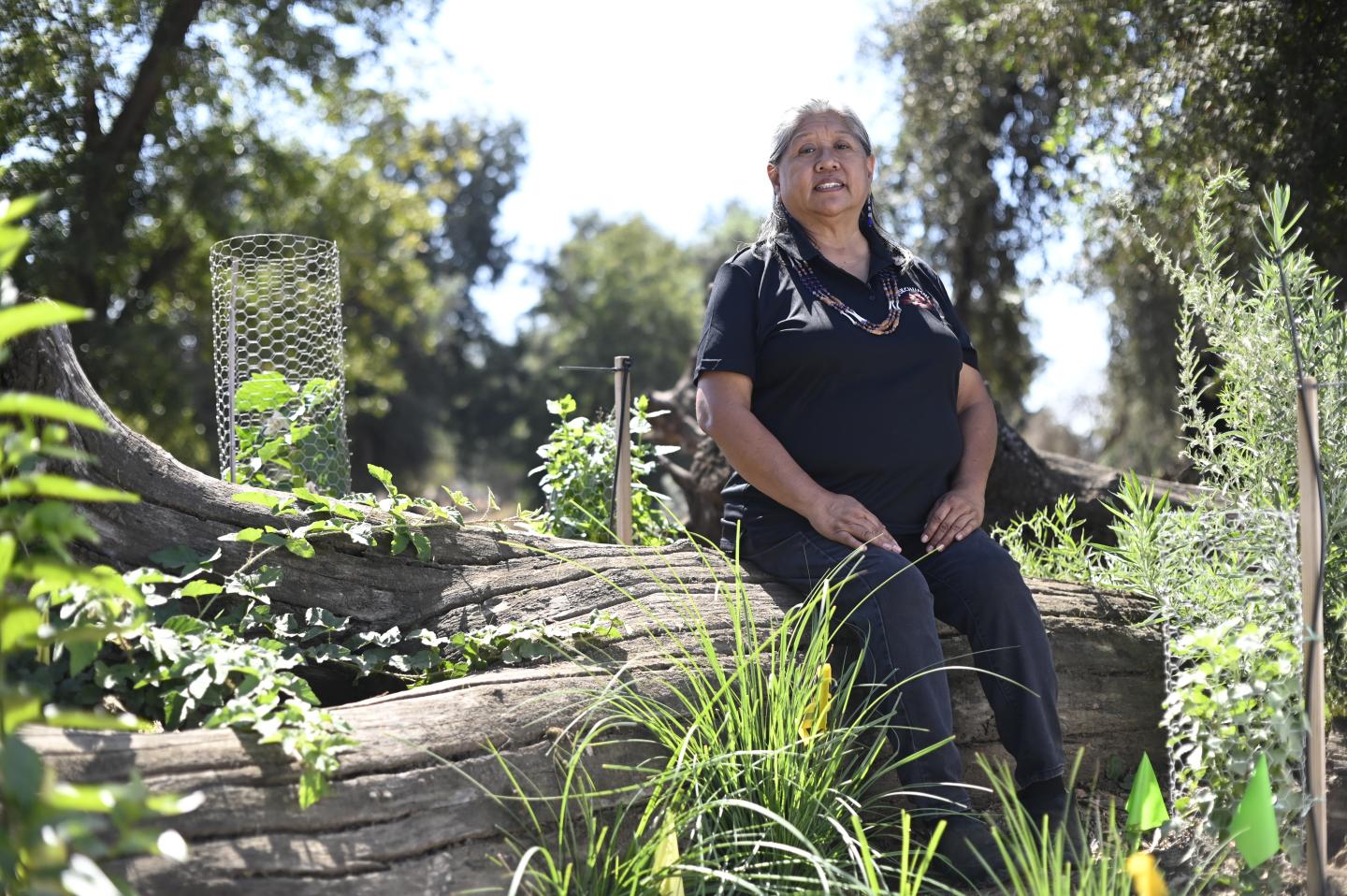In a dry California valley, the Wukchumni Tribe cultivates abundance
Forty years ago, on a stretch of highway in California’s San Joaquin Valley, there stood a small Christmas tree farm. In this drought-prone region, the farm depended on water pumped from deep underground — water that is today extracted faster than nature can replenish.
Yet in the face of water scarcity, this former tree farm tells a new story. Bees and butterflies hover over pollinator hedgerows — native shrubs and flowers planted in place of fences — and vegetable beds. Wine-dark elderberries ripen, mugwort reaches skyward and goats graze to keep invasive weeds at bay. The return of spongy, rich soil contained by the long roots of native marsh plants help the land soak up more rain, replenishing underground water deposits and bolstering the ecosystem against future droughts.

Environmental news that matters, straight to your inbox
This transformation is led by the local Wukchumni Tribe, with the support of California’s Multipurpose Land Repurposing Program (MLRP), which funds projects to repurpose agricultural land in ways that improve the wellbeing of both local people and the landscape, while also conserving groundwater. In the San Joaquin Valley, where climate change and drought threaten to leave nearly 20% of farmland without enough groundwater by 2040, experts say that thoughtfully repurposing land is critical to avoid another dust bowl — and statewide, over a million acres face the same risk.

“I am very tied to this land,” says Wukchumni tribal chairperson and CEO Darlene Franco, recalling that it was on this land that her mother learned to spearfish and gather food and plant medicines, and it was on this land that her children learned to walk. “This land has been very special to us for a long time.”
Saving and sowing native seeds, composting waste and planting flowers to attract bees and other pollinators helped the tribe restore the land to health, creating space for fruit trees, vegetable gardens and chickens that support the tribe’s goal of food sovereignty. They harvest native plants like elderberry and mugwort to make traditional medicines. Deergrass and sedge are also grown throughout the property for basket weavers to carry on their cultural practice. A former seasonal wetland is being restored and oak trees are being replanted, helping the land to absorb more water while providing a home for native species.
“This is a living model of land use that supports biodiversity, honors traditional ecological knowledge and helps the region adapt to changing climate conditions,” says Anna Schiller, whose team at Environmental Defense Fund helped create the MLRP initiative. “As California continues to navigate water scarcity and extreme weather caused by climate change, programs like the MLRP and communities like the Wukchumni Tribe provide us with a hopeful path forward."
“In 10 to 20 years,” says Franco, “I hope that this land — our land — is abundant with plants, with animals. The way it used to be.”